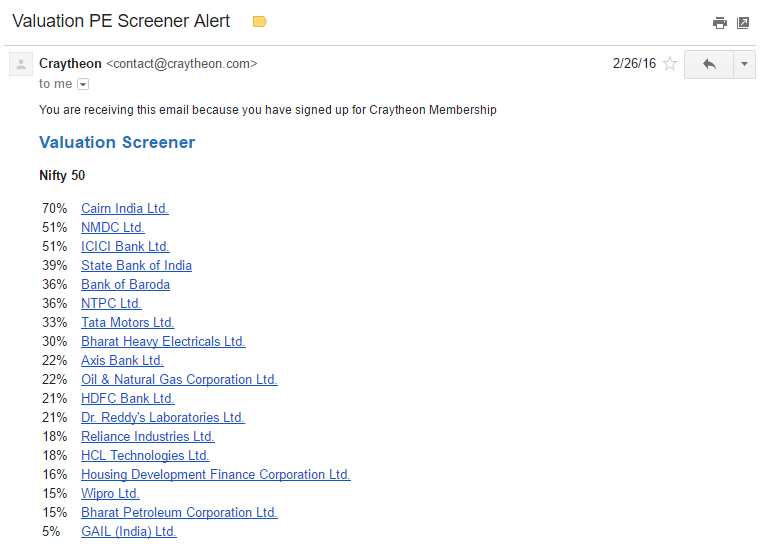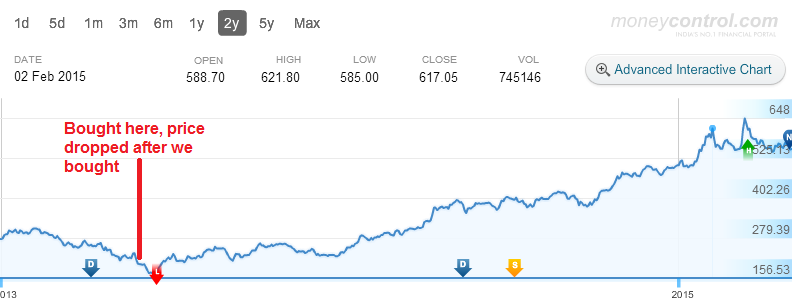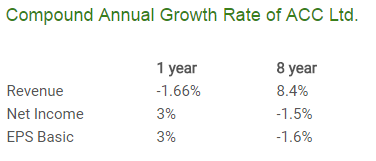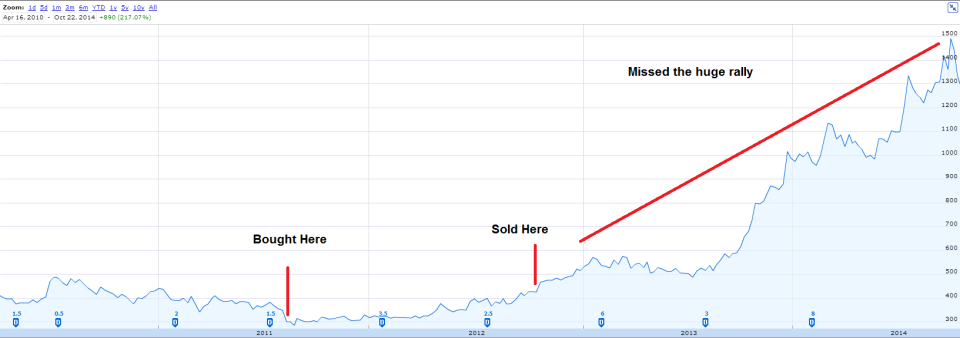This is just a short guide which will explain the different types of brokerage account fees and tell which you stock broker you should sign up for. As a new investor or trader you should not be paying a huge brokerage fees.
There are two types of brokers when it comes to stock market. the first is a full service broker and the other is a discount broker.
The full service broker has a huge offline presence all over the country and they usually give out recommendations on which stocks to buy or sell. e.g. Sharekhan, ICICI, HDFC etc.
Most of the full service brokerage rates are high, they charge upto 0.5% of the transaction.
A discount broker on the other hand does not have branches in each and every city, they typically don’t send any investment advice. Their expenses are low so their brokerage rate is low too around 0.2% of the transaction.
Brokerage account fees
Account Opening – This can range from 0 Rs to 750 Rs.
Annual Fee – Most brokerage accounts don’t charge an annual fee
Demat Account Fee – This can range from 300 Rs to 500 Rs, per annum, this goes to CDSL, NSDL.
Brokerage – 0% to 0.5% of the transaction for delivery and .1% for intraday.
Taxes – STT and Transaction charges, it is 0.1% of the transaction.
A sample transaction
Let say you buy a single share for 1000 Rs you will pay
1000 + 5 (.05% brokerage) + 1.03 (STT, transaction) + 0.75 (service tax 15% on brokerage)
= 1006.78 is the amount you will actually pay.
So the brokerage can add up when you are investing big amounts.
When you open a trading account with the stock broker, the broker also opens a depository account with CDSL or NSDL in your name. Your shares are actually stored in the depository account not your trading account. When you buy or sell shares in your trading account , the actual shares are taken or go to your depository account.
Which stock broker should I go for, our recommendation is Zerodha. No we are not being paid by Zerodha to make this recommendation, their brokerage is 0, their interface is miles ahead of competition. You won’t go wrong with Zerodha.
If you still want to go with some other broker then just remember the brokerage rates are not set in stone, you can easily negotiate them. Just tell the account manager that some other broker is giving you a lower rate and convince him that you will generate lot of trades. Once they hear that they will agree to lower your brokerage. Just make sure they write down the rates in the contract before you sign the contract.
Any questions, ask them in the comments.








